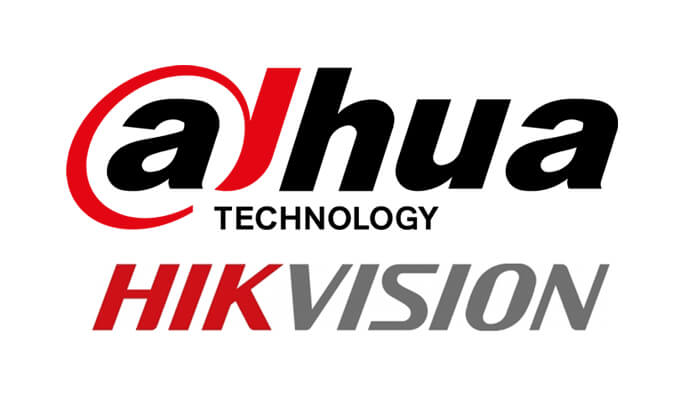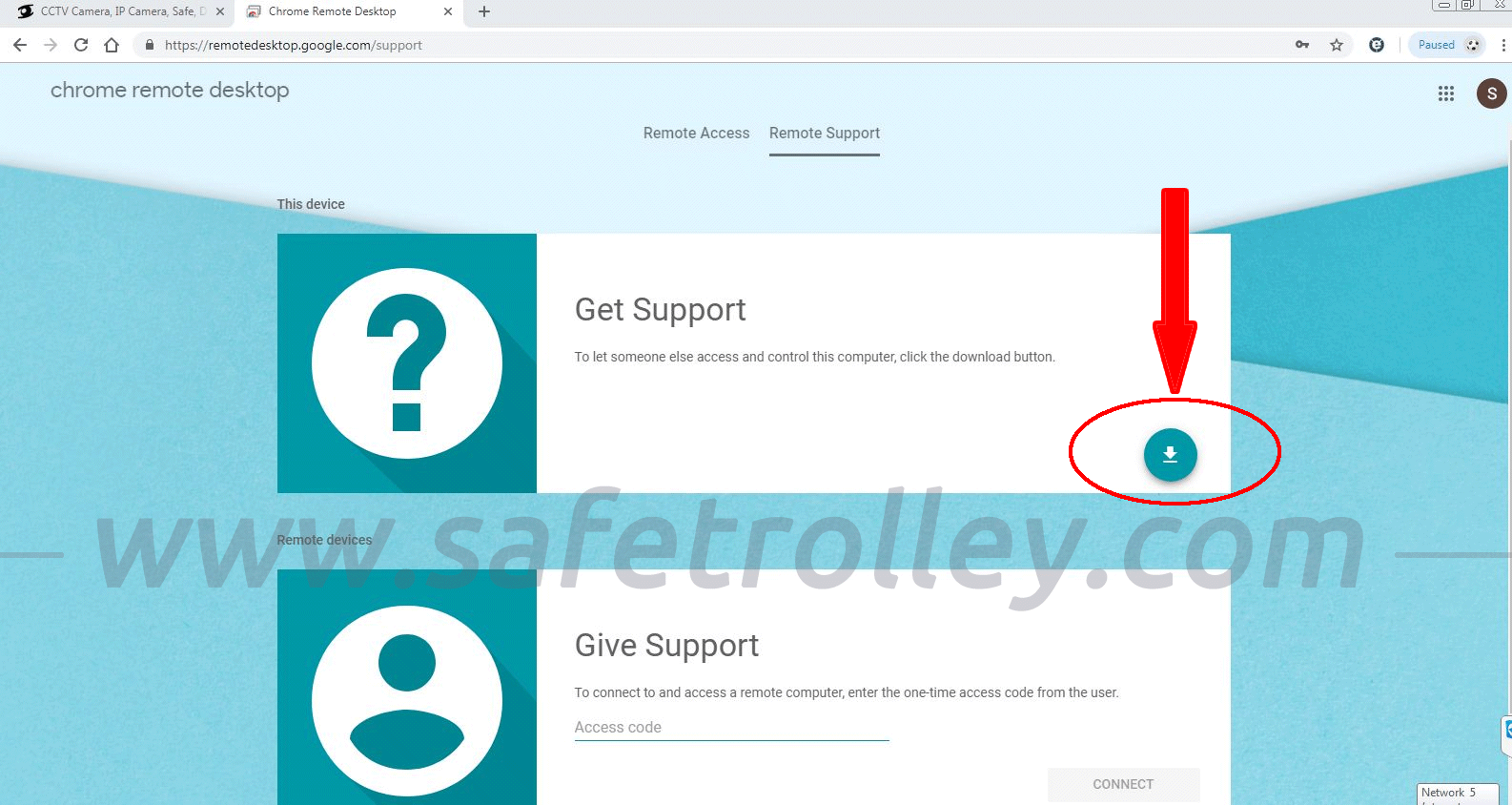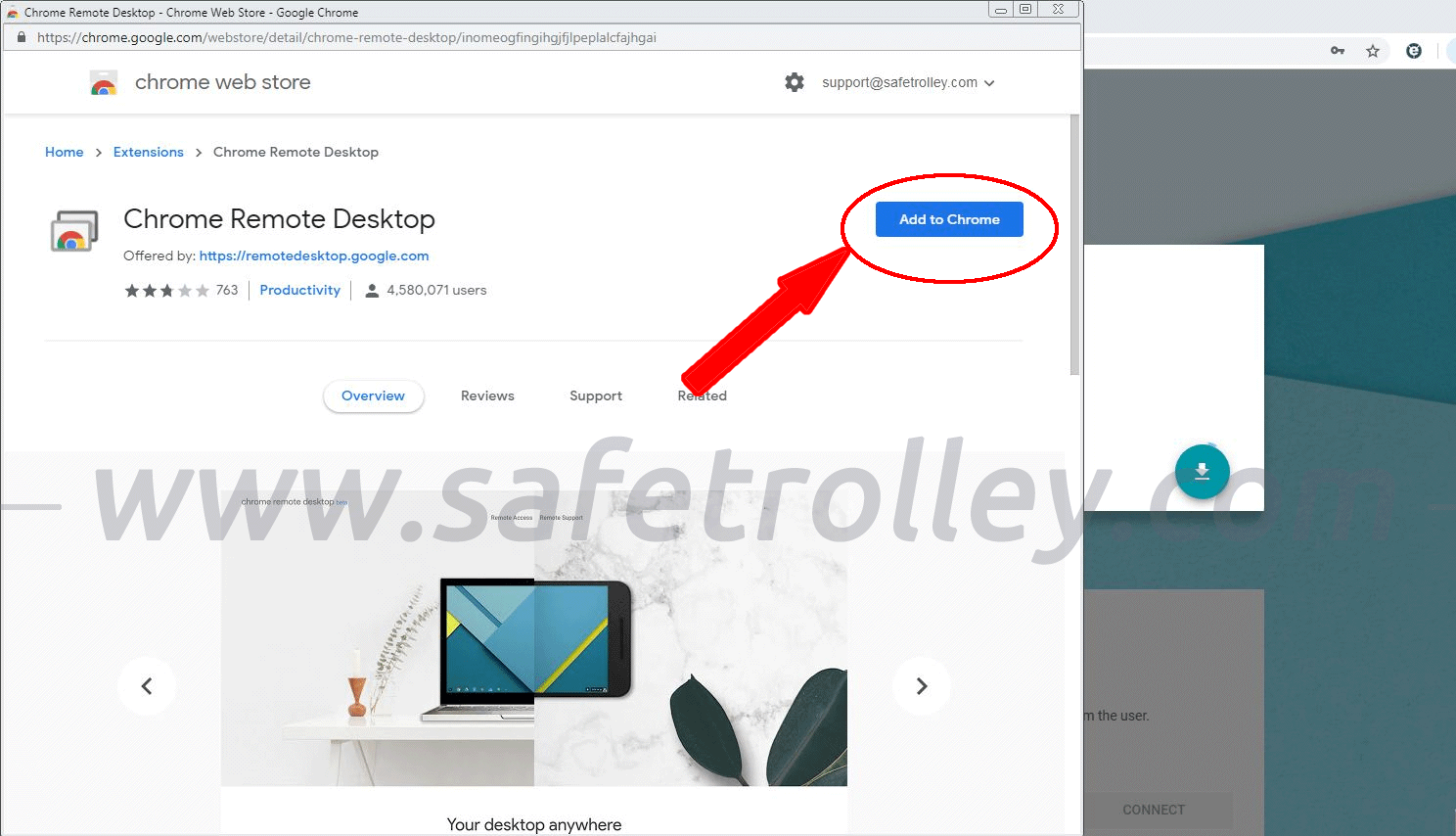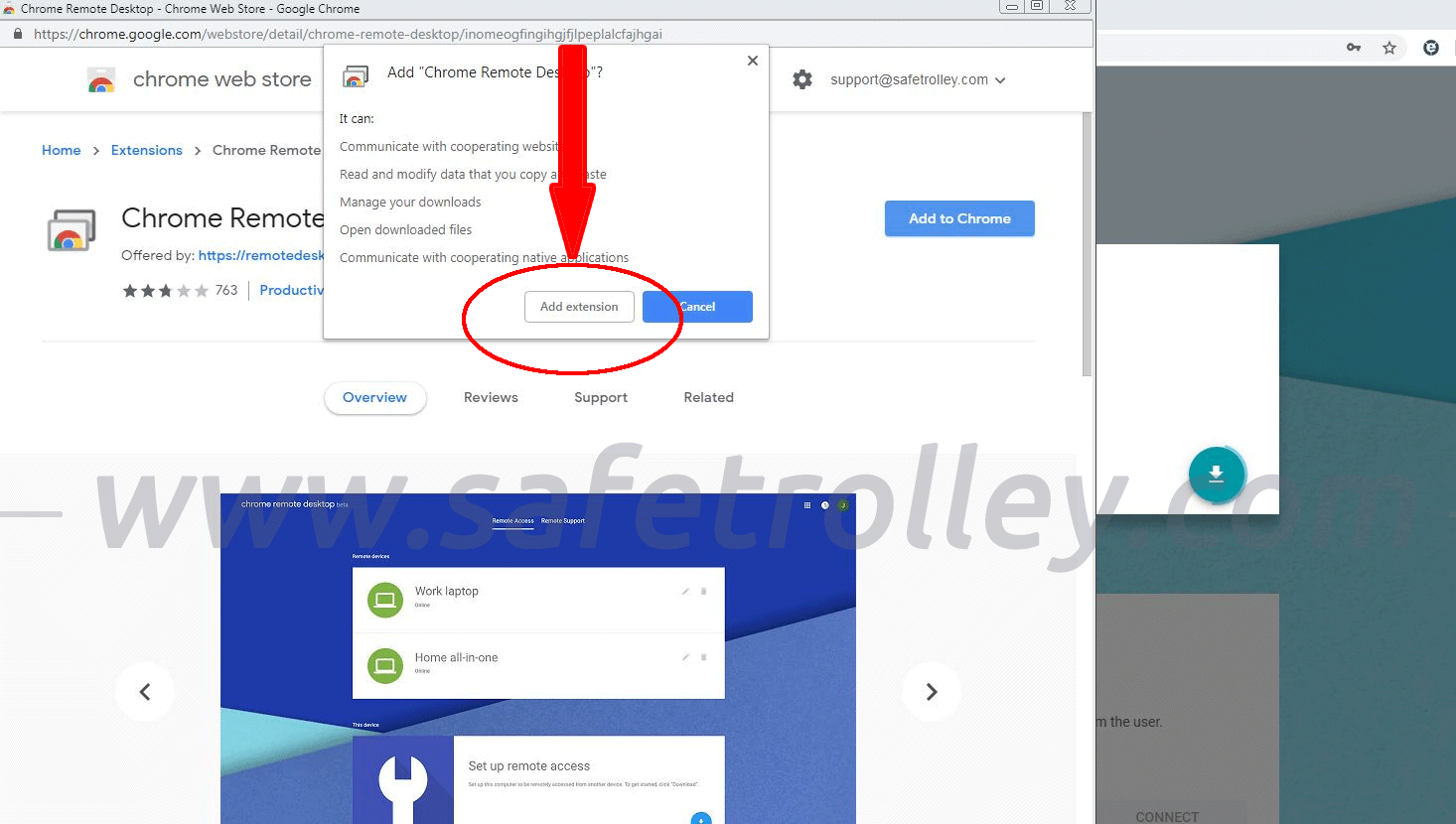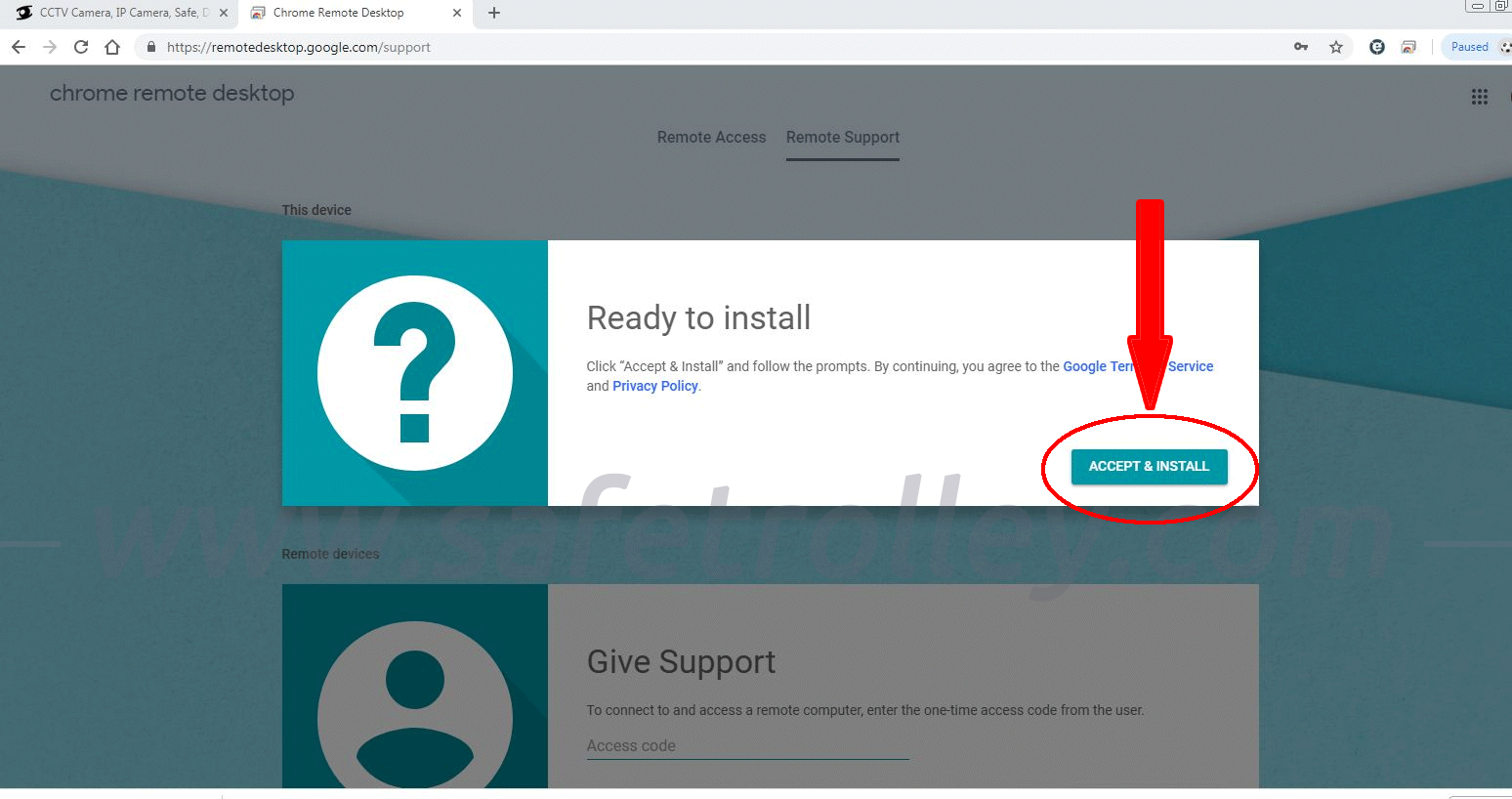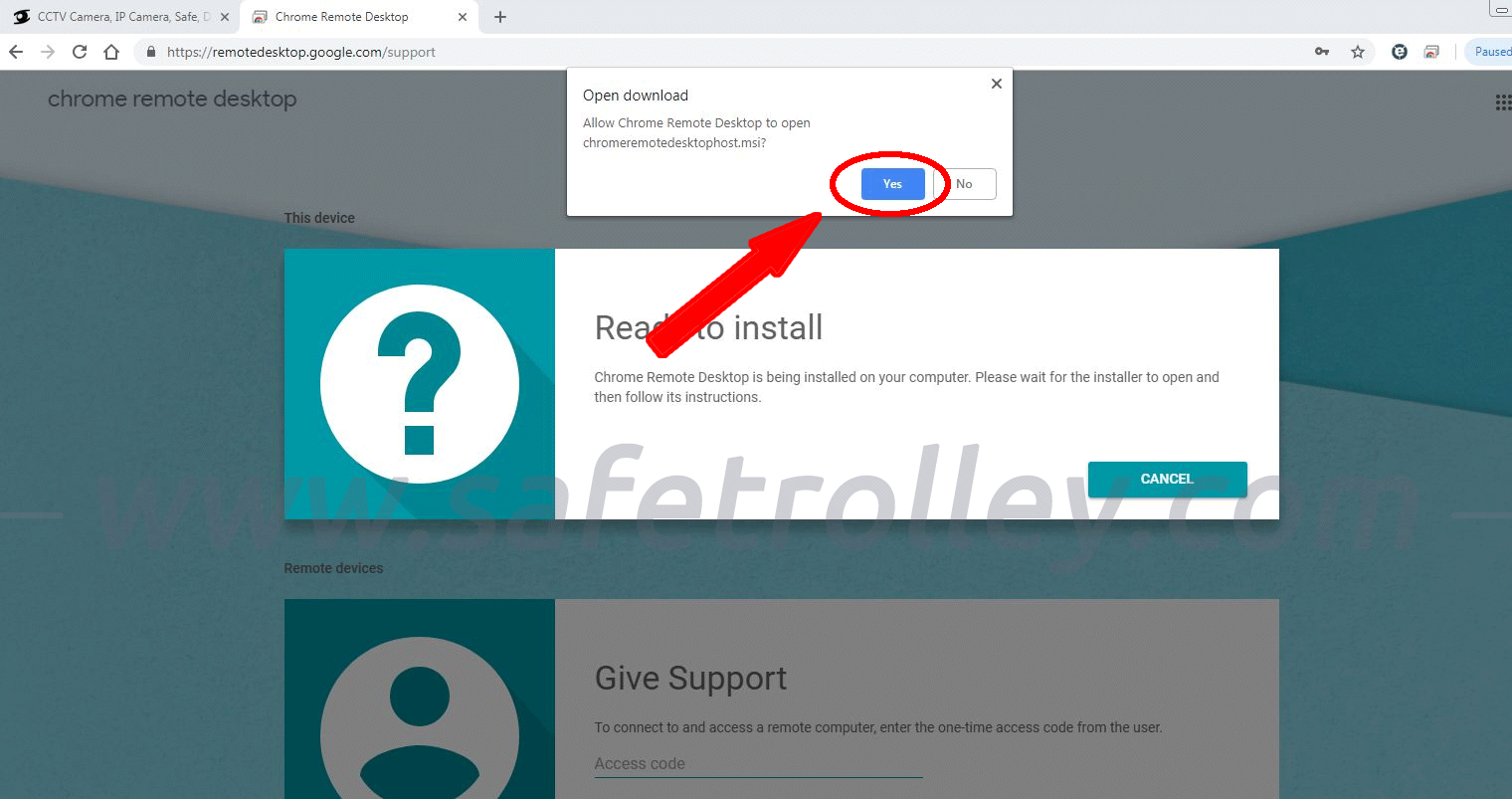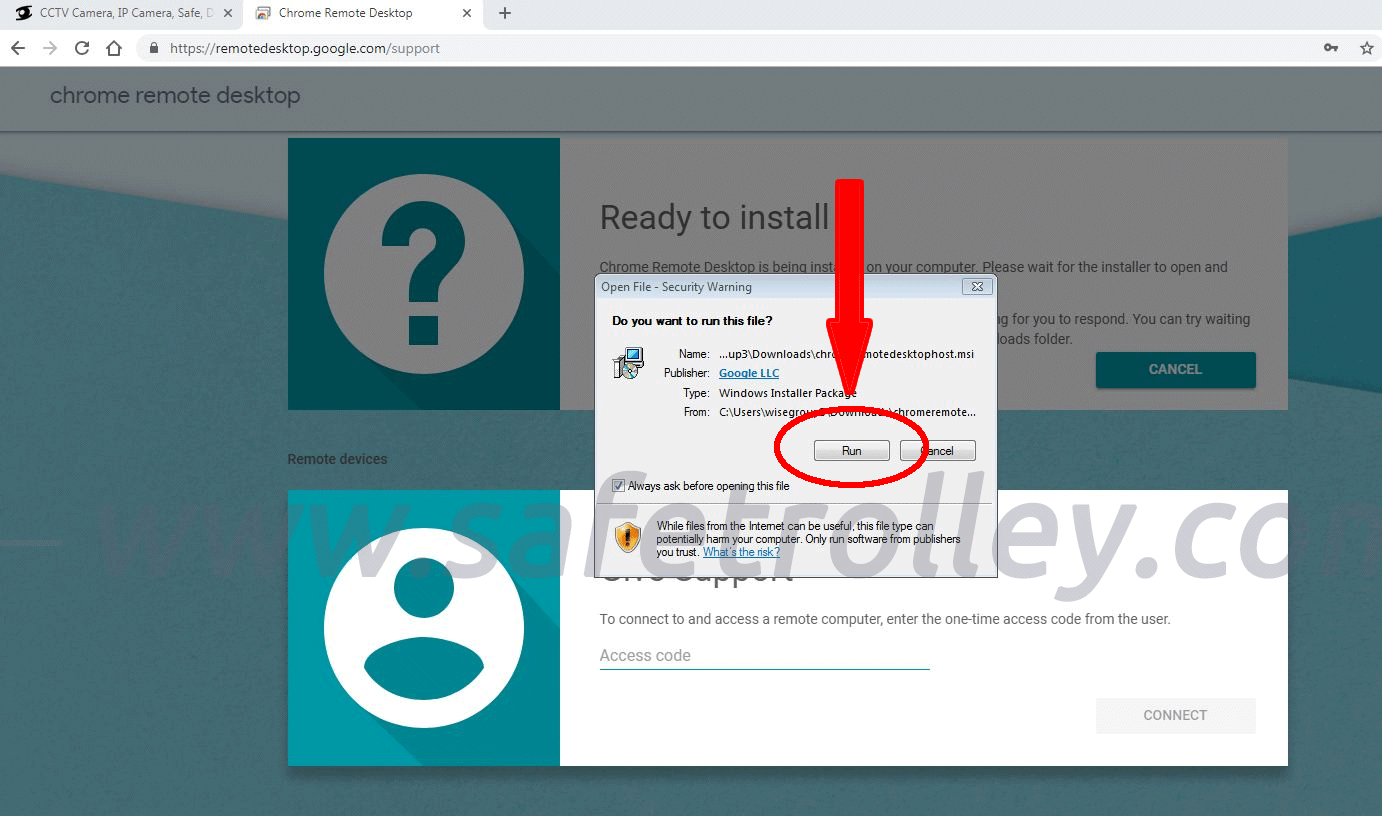Safety is a concern for almost everyone around the world, from the domestic environment to the corporative settings, which demand effective solutions that ensure the well-being of families and workers as well as the preservation of assets and valuable objects.
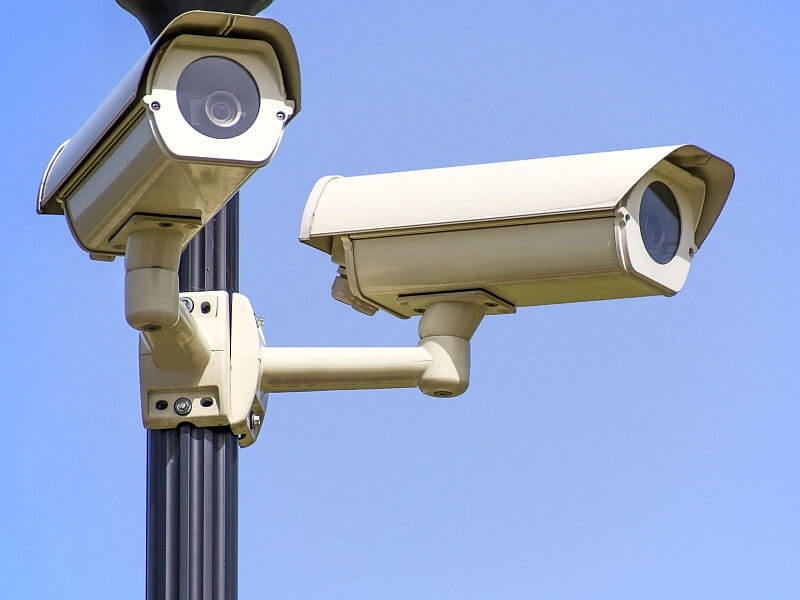
This need for safety grows greater every day in Singapore as the number of crimes and robberies rise, so the protection of everyone and everything inside your company or home becomes a priority. On the other hand, most Singapore families have found it necessary to work all day, leaving their children’s care in hands of domestic helpers. Sometimes it is hard for the parents to trust in them and they might want to be sure their kids are in good hands. And not only children, but the elderly also often need to be taken care of by people you do not know so well, so the goal is to make sure your kids and your elder relatives are safe and sound.
What are the main benefits of CCTV installation in Singapore?
As said before, there are certain situations nowadays that make it necessary to count on a reliable system capable of providing a fast response in case of an unwanted event such as robbery, crime, abuse, etc. An effective surveillance system will alert the authorities about the incident so they react in time to prevent further damages in your house or company. And, worst-case scenario, at least it will be easier to determine the responsibilities of those types of events.
But a CCTV installation is not only useful in those cases. Productivity can also be a target of the cameras in the workplace, since they can be used to remotely monitor workers on all departments and verify they are not wasting time during working hours. That way it is possible to make the proper calls to action and get the desired profits from the company.
Another good use of a CCTV system in a company is the safety of workers. In case of an accident, this will allow the emergency department to rapidly address the situation as well as helping the investigation of its causes.
Also, household uses of a CCTV installation in Singapore have been even suggested by local authorities due to the rising number of break-ins that has taken place lately. So crime prevention is a strong reason for installing cameras at home to protect your belongings.
Even for the simplest reasons, such as keeping an eye on your kids while they are alone at home, a CCTV system is a great choice that will allow you to be sure that your beloved ones and valuable objects are safe.
How much does CCTV installation in Singapore cost?
Price ranges are variable. The cost to install CCTV in Singapore will depend on certain factors such as:
- The number of cameras/channels: Depending on how many areas you want to cover, the number of cameras goes from 1 to 64, or even higher number, which need the right amount of channels to support them.
- CCTV Camera resolution: This usually goes from 1MP up to 3MP. Evidently, a higher resolution camera will provide a clearer image and the possibility of better zooming if needed (for example, to identify someone or a vehicle’s plate). So the final use of the system is something to take into account when deciding this matter.
- CCTV Camera Type: There are 3 types of cameras that can be considered. You can choose from analog CCTV Camera, HD analog CCTV camera or IP cameras; although the first is the most affordable option, HD analog CCTV camera and IP cameras offer more possibilities regarding effectiveness since they provide enhanced images. Furthermore, IP cameras are connected to a network and they can activate an alarm if there has been a security breach, transmitting the information to your security provider. Additionally, this type of CCTV installations offer the possibility of remote viewing (and even managing cameras and recording video) from your smartphone or laptop/PC from anywhere in the world by accessing the IP address or via DDNS domain name.
- CCTV Camera Design: Dome, Hidden and Infrared CCTV cameras are the most popular designs available in the market. Choosing one of them will vary according to the size of the area you need to cover, if cameras must stay undetected or if there are low light conditions.
- CCTV Video Recorder type: Recording the footage from your CCTV system is often an important need, especially for companies and businesses. Digital Video Recorders (DVR) or Network Video Recorders (NVR) are the main solutions for it, and the difference between them is the type of camera they support - analog CCTV camera for the first, IP camera for the last. So, choosing the Video Recording type for your CCTV camera installation is something you decide along with the camera type, although it is possible to combine both analog and IP cameras and make it work with a hybrid NDVR (Network Digital Video Recording). On the other hand, you should consider factors such as the need of a real time recording (which requires more frames per second, which means how many pictures the system will record in a second) or not, the Hard Drive Storage Capacity -which will determine the recording time (number of days) the system can store before rewriting on the first video- and to consider that the camera resolution and the compression format will affect the recording time. These factors need to be evaluated when making a decision. Finally, you’ll have to choose from an Embedded VR (a device originally designed to work as a Video Recorder) or a PC-based VR (a modified PC with special hardware and software to the same effect). Although Embedded Video Recorders have more stable operative systems, PC-based VRs offer a better way of interaction with the users since they are operated by means of screens and menus.
Typically, the costs may vary from $550 for the most basic arranges to $2,500, for more complex and complete systems and companies often include installation services and warranty in their prices. Keep in mind that the more features a CCTV installation offers, the more expensive it will be, so it is important to establish your real needs so the system is truly adapted to them and the available budget.
What is the most accurate option for a CCTV installation in Singapore?
Most people in Singapore are considering (if they haven’t already installed one) to get a surveillance camera set due to the current break-ins and burglary rates, as well as inventory thefts in warehouses and other types of business. So the first thing to do to choose the right CCTV system is to define the purpose of it, if it will be installed in a house or in a fabric and the coverage in terms of the area that needs to be monitored and if you need indoor/outdoor (or both) cameras; this will give you an idea of how many of them you need as well as their design, type of CCTV camera and resolution.
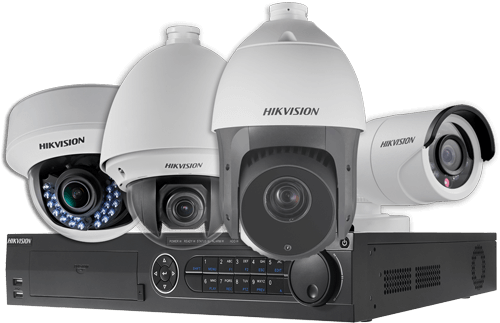
Second of all, consider the real needs regarding remote viewing capability in order to choose the most appropriate technology and make a precise investment. Also, determine the features you want to have available, such as motion detection, alarms (which not only can alert your security provider but also contact the fire department in case of a fire, for example), amongst other options. By doing this, you can make the right choice about the capacity of the system and build up a complete CCTV installation that covers all your requirements.
How to choose the best provider of CCTV installation in Singapore?
Finding a good CCTV installation company in Singapore might be difficult since there are many providers of these services. It is recommended to choose from those who are licensed or certifies in order to assure their professionalism and quality. Also, reputation and customers’ opinions must be taken into account because they are a good indicator of how good is the company’s service level. Remember you are going to trust them with your own security, so it is essential for you to choose a provider that gives you enough reliance and confidentiality.
This leads to find out about the Customer Service and Maintenance the company offers, before and after sales. It is desirable to hire a provider who gives advice about the best options for you before installation, offers upgrades as technology changes, provides training for an appropriate use of all devices and, last but not least, has an excellent after-sales service which gives you the benefit of a fast response in case of failure.
Warranty of all the equipment is a must when it comes to a CCTV installation. Most companies offer it for 1 or 2 years for both products and services, but just make sure your choice includes it.
Also, take some time to check the brands of the equipment the company installs. This can be a fair way to know what kind of technology they are able to work with and, at the same time, you can be sure it suits your requirements.
In conclusion, a CCTV installation in Singapore is a necessity that has been increasing in recent years, whether at home or in your business, so it is useful to evaluate the different options offered in the market. The protection of your family and properties is something to be carefully considered and it should be trusted to a reliable provider who can fulfill your requirements so that safety is well-covered instead of being an issue.

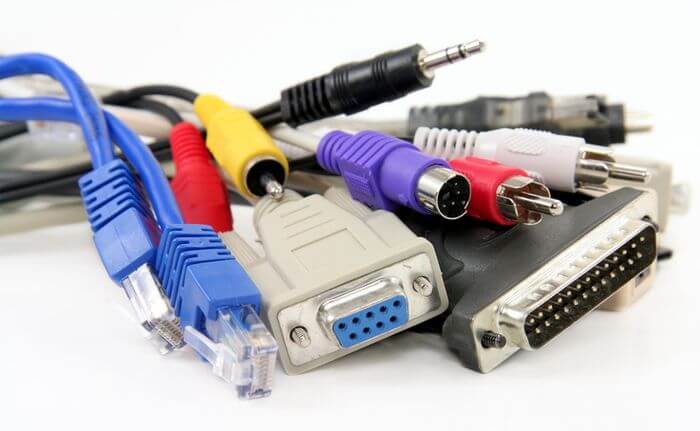

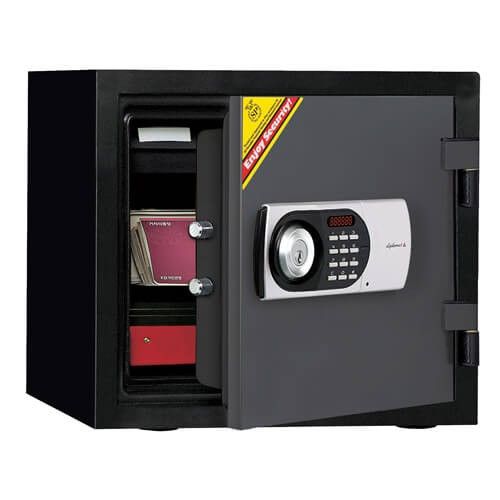
 An Indonesian maid pushed her employer's elderly wheelchair- bound mother in the face and hit her on the back of her head.
An Indonesian maid pushed her employer's elderly wheelchair- bound mother in the face and hit her on the back of her head.

